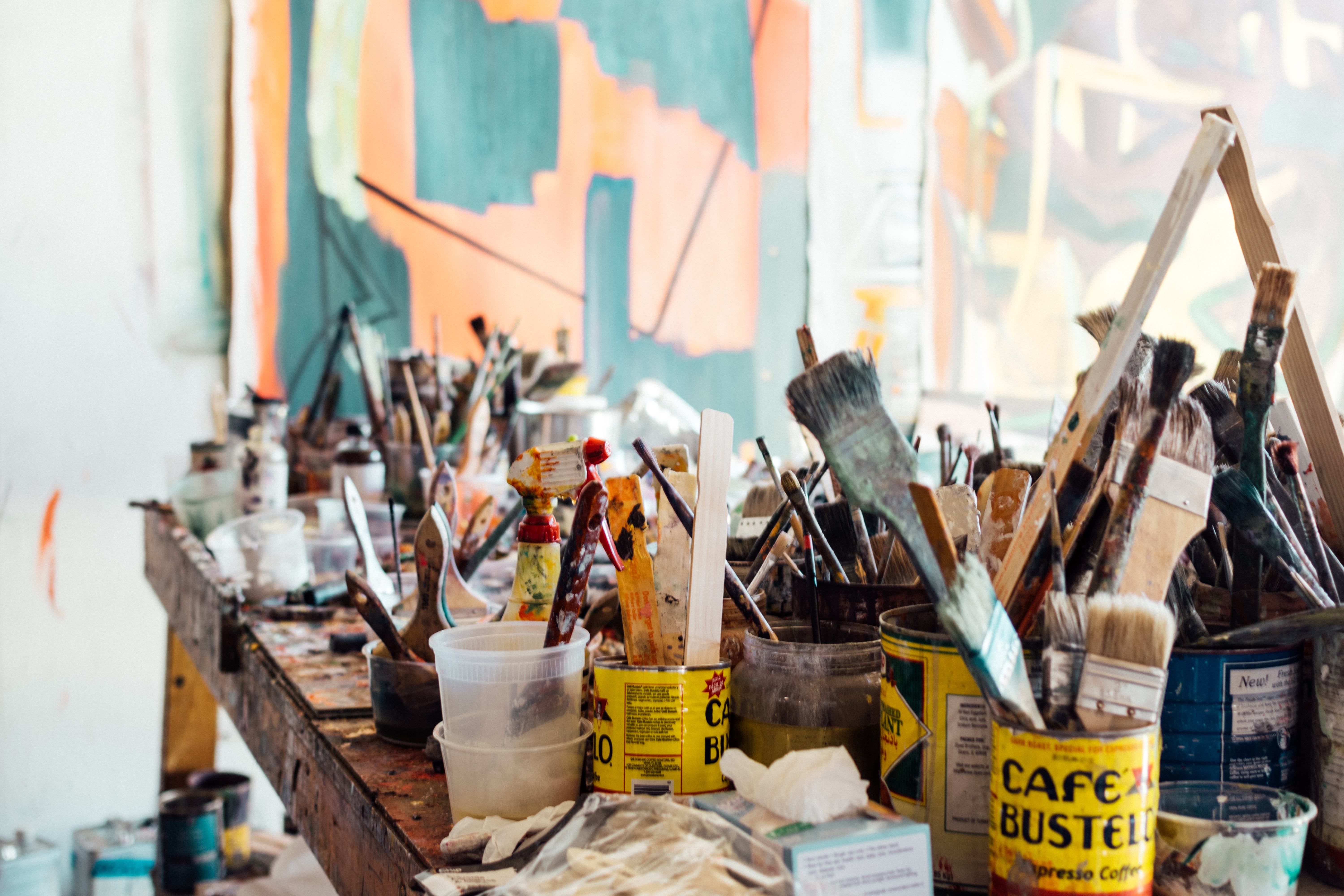
I’m getting the itch to repaint my home’s interior. I have a basic idea about the colors I want but I don’t know much else. Do you have any tips? — Alex
A fresh layer of paint or a new color scheme can do quite a bit to your home! There’s something about making detailed changes to keep your home fresh and exciting! I’d be glad to give some tips and pointers, Alex!
For starters, there’s no good time or bad time to repaint your interiors. You can do it in the dead of winter or in the middle of summer. Whatever best fits your schedule is the best time to start the project!
There are some things to keep in mind though, before you take a paintbrush to your wall.
Chasing Color
Color is a big one. It can be really difficult to select a paint color from the store-provided swatches, even if you have a general idea. The color swatch is so small and it’s nestled against similar colors. Making a decision off of such a swatch could lead to some buyer’s remorse.
You can, however, order bigger swatches from the paint store. A bigger swatch will help your eye better see the differences between colors. Even better, ask the store for some paint samples. See what it looks like on a section of wall.
Even after you’ve painted a small section of wall, you’re not quite out of the woods. Our perception of color differs depending on the light source. You may like the way the color balances a room when the sun shines through the windows, but the same color might be lacking under fluorescent light. Paint different sections under different light sources. It’ll give you a great idea about how everyone will perceive color in those different settings.
If you are unsure of color, or how well colors will match from wall to wall. Many stores have a color consultant. They’ll be able to find the right matches and accents to make sure you’ve made the right decision. Some stores also have brochures with pictures showing some of the latest popular color palettes. This may be helpful in making your selections as well.
If all of this seems too overwhelming, Alex, you can always hire a designer. They’ll have the experience with color selections and they will know the best way to bring life to your vision.
Additionally, make sure you use a good primer if it is required in your situation. Primer isn’t always necessary, and many paints now include the primer in them. Some of the factors include changing the sheen of the paint on the wall or changing the color drastically. When changing from a dark color to a light color, or the other way around, using a tinted primer can save yourself from having to apply many coats of paint to cover without having the old color bleed through. Ask your paint supplier if a primer coat is required.
Paint the Wall
The actual painting portion of the project is pretty self-explanatory. Make sure your paints are properly mixed. Be sure to protect your surrounding furniture and floor with drop cloth. Painter’s tape is your best friend, helping you achieve perfect lines.
Get Stored
But the job isn’t done once you’ve finished the last stroke! The last step requires properly storing paints. You’ll eventually want to touch things up and if the paint hasn’t been properly stored you may have a variety of issues. The most important thing is to make sure the lid is completely on; otherwise the paint will dry out and become unusable. Putting a layer plastic wrap before putting on the lid can also help preserve the paint. Even if you are able to peel the dried out top layer and re-stir the paint you may find that the paint is no longer an identical match when you return for the touch up. Also avoid storing your paints in an area where there are extreme temperature fluctuations. Be sure to label your paint cans with the color and its location of use (e.g., Green, dining room). Add a swipe of paint to the lid so you can see the color and then seal it up.
Even with a great storage system, paint tends to fade over time. Before you go too crazy with your touch-ups, test your paint in a not too visible area and let the paint completely dry to determine how the touch-ups will look. If you are able to see the areas where you touched-up, you may find that it’s better to redo an entire wall.
It’s exciting to make a painting change, Alex. Hopefully, you have a plan in place — choosing color can be difficult! If you have any questions or need any help, let us know!
Have a question for Careothers? Email him at AskCareothers@tendhome.com

Recent Comments